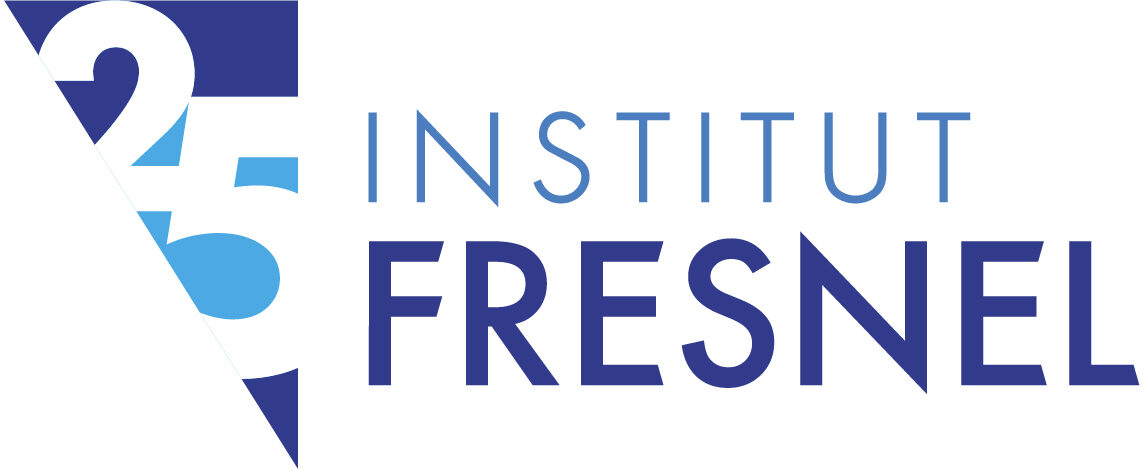Inès MARTIN will defend her PhD thesis entitled “Low-noise tunable parametric source and ultra-fast agile delay line for spectroscopy and imaging via Coherent Raman Scattering” on Friday, January 31, 2025 at 10:30 a.m. in Ponte Amphitheater, Campus de l’étoile, Marseille.
The presentation will be conducted in French, with slides in English. It will also be accessible via videoconference.
The jury will be composed of :
– Frédéric DRUON, Professor, Charles Fabry Laboratory, Univ. Paris Sud – Reviewer
– Nicolas JOLY, Professor, Institute of Optics, Information & Photonic, Friedrich-Alexander Univ. (Germany) – Reviewer
– Patricia SEGONDS, Professor, Institut Néel, Univ. Joseph Fourier Grenoble – Jury chair
– Hervé RIGNEAULT, Research Director, Institut Fresnel, Aix-Marseille Univ. – Thesis Director
– Nicolas FORGET, Research Director, Institut de Physique de Nice, Univ. Cote d’Azur – Thesis Co-director
– Yoann PERTOT, Chief scientist, Entreprise Fastlite by Amplitude – Supervisor
Abstract : Coherent Raman spectroscopy plays a crucial role in analyzing the chemical and structural properties of samples, particularly in biomedical and pharmacological fields. Among these techniques, stimulated Raman scattering (SRS), a nonlinear spectroscopy method that requires no labeling or staining, stands out for its ability to provide high-resolution chemical images. However, achieving SRS imaging with a high signal-to-noise ratio (SNR) requires low-noise laser sources. Currently, optical parametric oscillators (OPOs) are commonly used as sources for SRS microscopy, but their low average power and the need to synchronize cavity and pump frequencies pose significant limitations. To overcome these challenges, we developed a low-noise, highrepetition-rate optical parametric amplifier (OPA) (40 MHz) that delivers high average power (>l W), making it suitable for SRS imaging. Leveraging recent advances in high-power, shot-noise-limited femtosecond lasers and normal-dispersion nonlinear fibers (ANDi) optimized for ytterbium lasers, we generated a wavelength continuum used as the seed signal for a tunable OPA. We then utilized this source for imaging experiments, which yielded promising results. Furthermore, Raman spectroscopy can also reveal valuable structural information through the impulsive stimulated Raman scattering (ISRS) method, particularly useful for exploring temporal phenomena in low-frequency Raman shifts below 200cm-1. This approach relies on a pump-probe detection scheme, where the pump pulse excites the molecule, causing a transient refractive index change detectable via alterations in the spatial profile, spectrum, or polarization of the probe pulse. We integrated a novel device, the **agile delay line (ADL)**, based on a 4f line incorporating an acousto-optic deflector in the Fourier plane. This system enables scanning up to 50 ps in continuous and random intervals, facilitating hyperspectral imaging. Experiments on samples such as acetaminophen and anthracene demonstrated the capability of this technology for selective detection within a hyperspectral image. By combining these two approaches, our work highlights innovative solutions to enhance the capabilities of Raman spectroscopy and improve the quality and speed of measurements in critical applications such as chemical imaging and the study of molecular dynamic phenomena.
Keywords : Raman Coherent (CRS), Stimulated Raman Scattering (SRS), Impulsive Stimulated Raman Scattering (ISRS), microscopy, spectroscopy, shot-noise, Optical ParametricAmplifier (OPA), agile delay line

